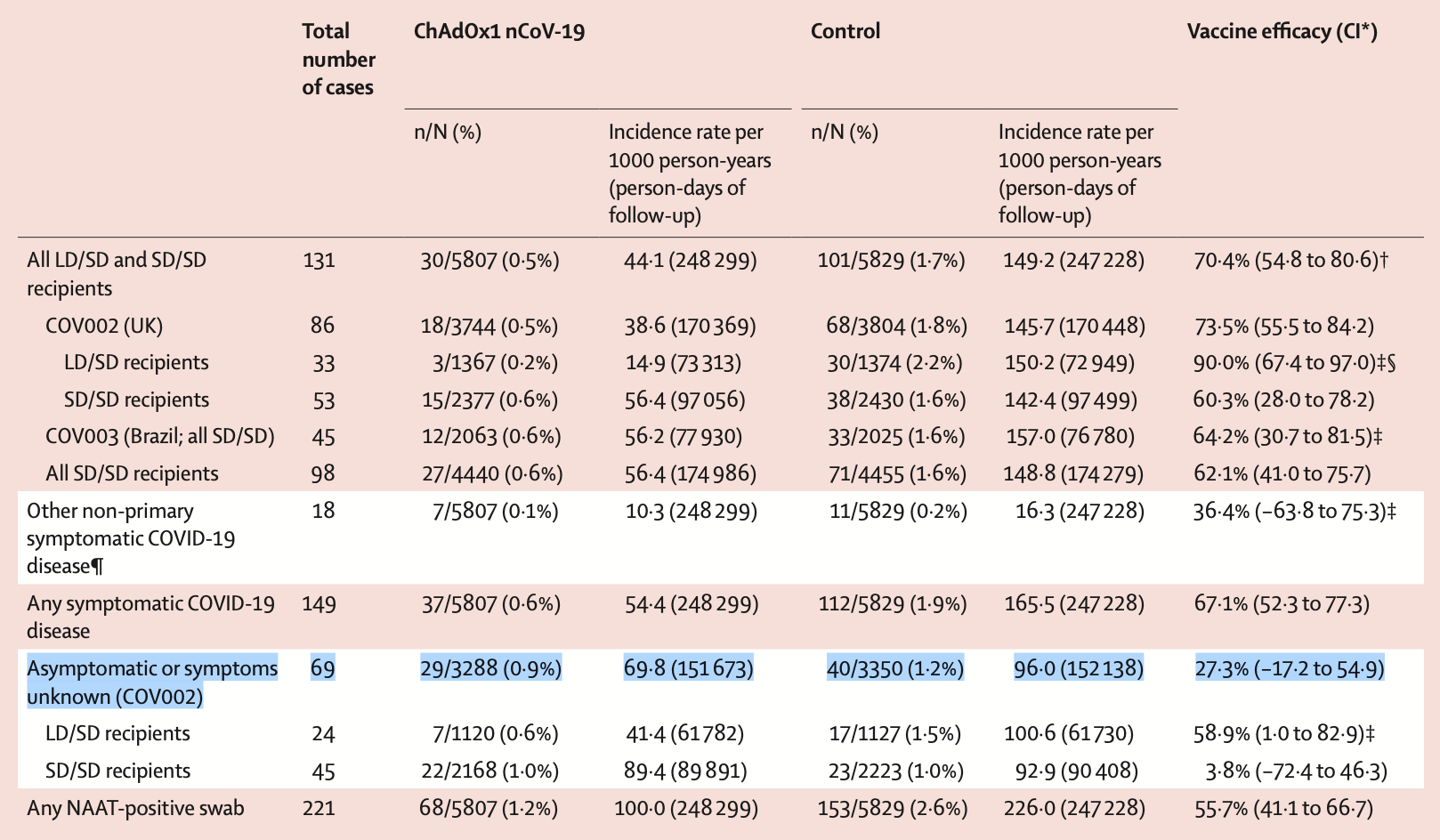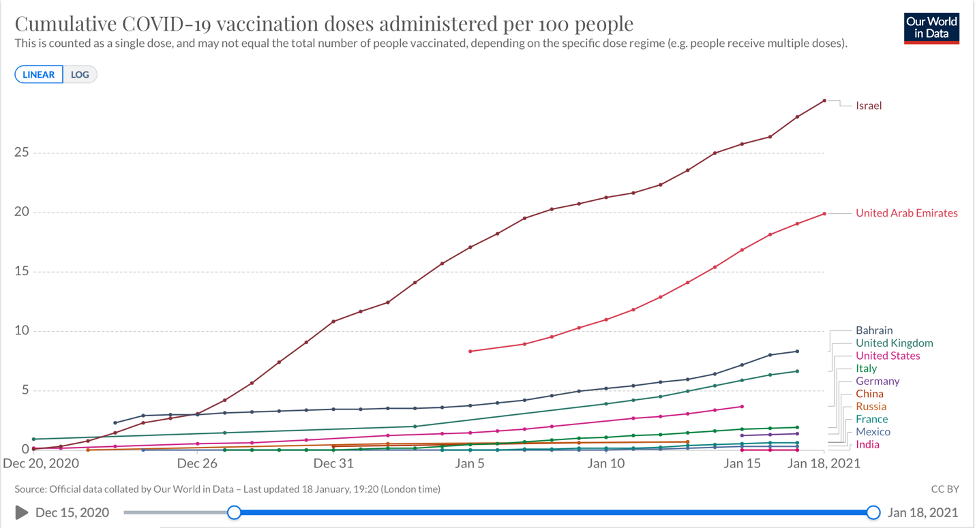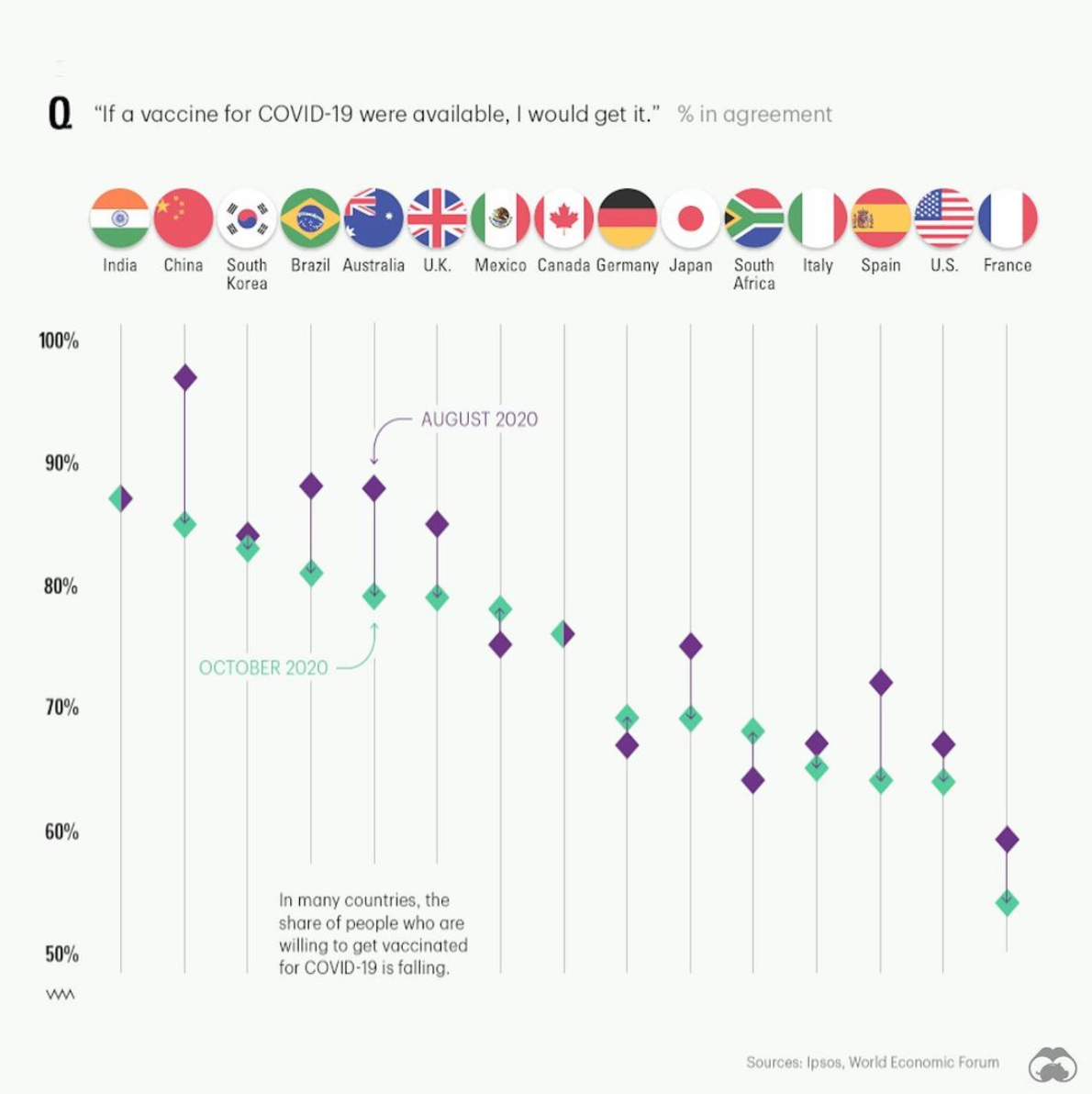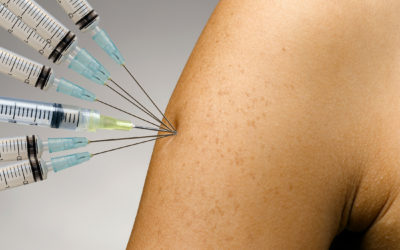Moderna CEO Is Right, COVID Is Here To Stay
Tuesday, January 19th, 2021
- Though pharma companies have boasted about the efficacy of their vaccines, protection for asymptomatic patients and those with milder COVID seems less effective
- Vaccine rollout has been slow since its debut to the market and uptake is also seeing resistance
- These factors can cause COVID to stick around forever, much like the annual flu
Last week, the CEO of Moderna warned that COVID “is not going away” and the world will have to live with it “forever”. Health experts have echoed similar thoughts, claiming that the virus will become endemic, meaning present in the population at all times. How is this plausible with Moderna and Pfizer’s vaccines showing 95% efficacy?
Like all technical topics, the devil is in the details. The vaccines are generally 95% effective, but not in everyone.
Below are a few factors that can cause COVID to stick around “forever”.
- Protection of Asymptomatic Patients is Still Unknown
Moderna’s vaccine showed 94.1% efficacy at preventing Covid-19 illness, including severe illness. This efficacy figure included all subgroups. However, Moderna has not completed a full analysis on the efficacy of their vaccine against asymptomatic infection. This is important because asymptomatic patients are believed to make up approximately 15% of all COVID infections.
In Moderna’s clinical trial, 38 participants in the placebo arm tested positive for COVID without exhibiting symptoms. In the vaccine arm, there were 14 asymptomatic patients. With this very limited data set, Moderna’s vaccine seems to protect asymptomatic patients, but not anywhere near 95%. The efficacy here is in the 60% range. Keep in mind, this analysis is not yet complete, and the sample size is small, so it is not conclusive.
Similarly, the Oxford/AstraZeneca vaccine reported efficacy of 70%. This figure was bundled and included analysis of four studies conducted across three countries: UK, Brazil and South Africa. Further investigation found that in those who are asymptomatic or symptoms are unknown, the efficacy drops down to just 27% (see figure below).

Pfizer has not yet released any data on the protection of their vaccine for asymptomatic patients.
Bottom Line: There’s not enough evidence yet on whether the approved vaccines prevent asymptomatic infection and transmission. The limited data on this asymptomatic patient population has demonstrated significantly lower protection than the headline figures. Asymptomatic patients make up approximately 15% of infections.
2. Protection Against Mild Infection Is Likely Lower Than 95%
Chinese company, Sinovac, came out with their vaccine candidate, CoronaVac, which the Brazilian government has given the green light for use. At first, the vaccine showed 78% efficacy. However, a follow-up trial shows that efficacy is only 50.4%. Why the significant difference?
Sinovac’s vaccine is 78% effective against mild to severe cases, but this figure does not include those with very mild infections. With this additional detail, the efficacy drops to 50.4%. The efficacy seems to decrease as the severity of COVID decreases. This means that Sinovac’s vaccine protection drops with mild cases of COVID.
This same notion could be applicable to Moderna/Pfizer. Both companies bundled their results when reporting the 95% “headline” efficacy. They have yet to release protection by severity of disease.
3. Rollout Has Been Slow & Uptake Is Seeing Resistance
According to the Bloomberg Tracker, there have been more than 44 million shots administered in 51 countries. Though that may seem like a large absolute number, as a proportion of the population, the figure is quite low. Distribution and administration of the vaccine, in the US/EU, at least, has been underwhelming.
The US began rolling out the vaccine to front-line healthcare workers on December 14 and has already reached 14.7 million doses. One country that has really stood out in the crowd is Israel. They have administered over 2.5 million doses with a population of just 9 million, compared to the US with a population of over 300 million. To look at it from a fairer comparison, per 100 people, the US has vaccinated 4.48 people versus Israel who has vaccinated 28.52. That is nearly 6x more vaccinations per 100 people.
At the current pace of vaccination, the US is expected to reach herd immunity in 558 days (approximately 1.5 years) in mid 2022.

Not only has the rollout of the vaccine been slow but its uptake is also seeing resistance. Many are worried about its production, claiming that it made it to market way too fast. To read more about the new technology used to develop the vaccine, read LifeScite’s Moderna and Pfizer Challenge the Status Quo with New mRNA Vaccine Approach.
One study of 18,000 adults across 15 countries found that on average, 73% of participants would get a COVID vaccine. However, this percentage is down from 77% (August), especially in China, Brazil, Australia and Spain.

What we know for sure is that all the vaccines are very effective at protecting against severe infection. What we need now is more comprehensive data on specific subgroups of infections, such as asymptomatic and less severe disease.
Early and limited data shows that protection is lower in mild/asymptomatic disease. This will limit COVID but not eradicate it. It should not be a surprise because the annual influenza virus (flu) has become endemic, and it seems COVID will also.


